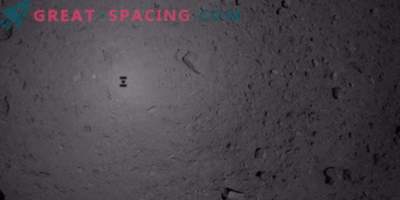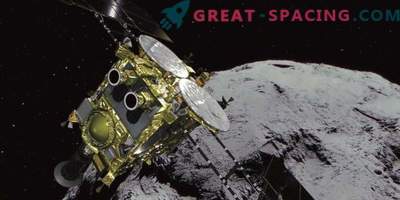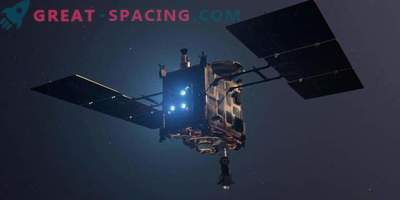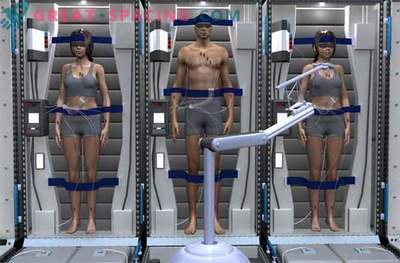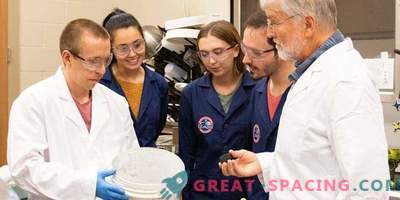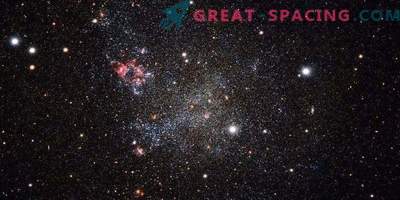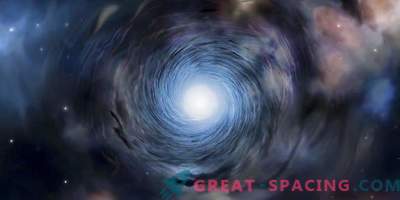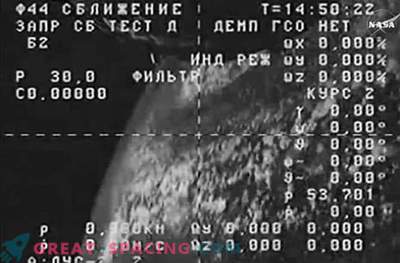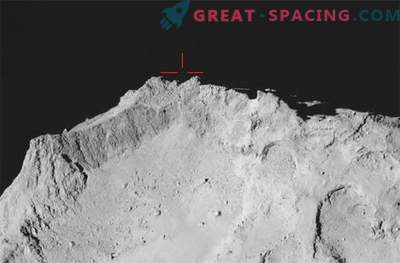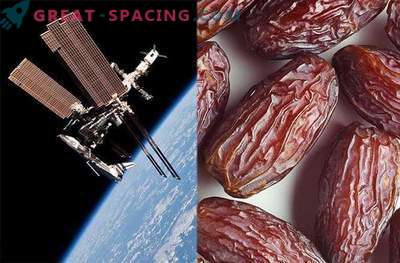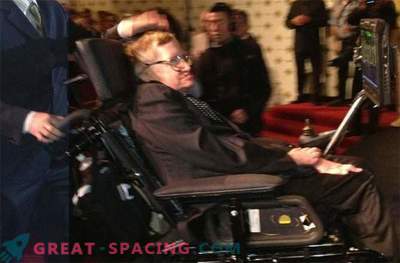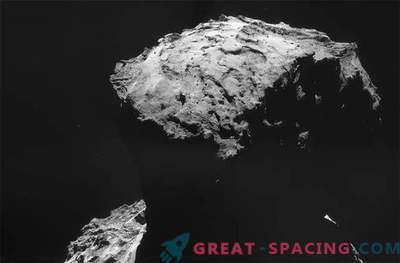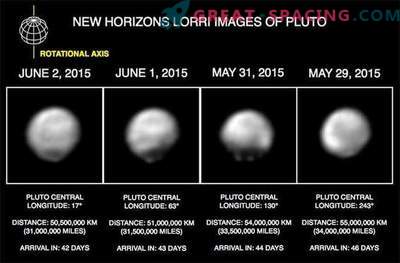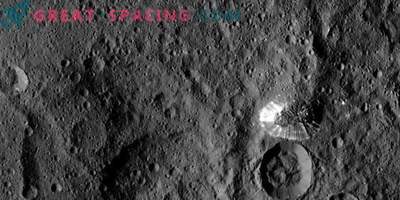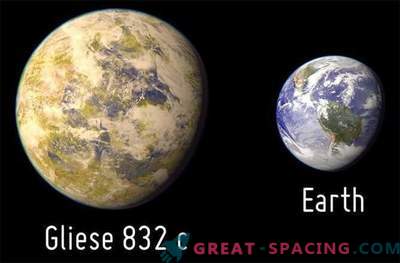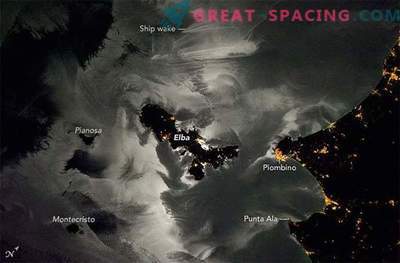
The artistic vision of the MASCOT German-French landing site, bouncing on a large asteroid Ryugu. MASCOT successfully worked 17 hours on the surface (an hour more than the expected time)
MASCOT existed short, but rich life, as planned by scientists. The jumping robot touched the 900-meter asteroid Ryugu on October 2 and ended on October 4. It seems incredibly fast and tragic, but there are even some pluses. The device had a lithium-ion battery without the possibility of recharging. It was designed for 16 hours of operation, but worked for an hour longer.
During the work, MASCOT managed to exceed its initial capabilities and transferred the collected data on the asteroid surface. The landing site refers to the Hayabusa-2 spacecraft, which arrived in the orbit of Ryuga asteroid at the end of June.
On September 21, Hayabusa-2 deployed two tiny rovers with solar panels MINERVA-II1A and MINERVA-II1B. This pair is still studying the surface. Then MASCOT joined them briefly. The 10-kilogram apparatus contained 4 instruments: a camera, a spectrometer, a magnetometer, and a radiometer. He managed to collect a remarkable data packet and transmit it to Hayabusa-2. Some information has already arrived on Earth.
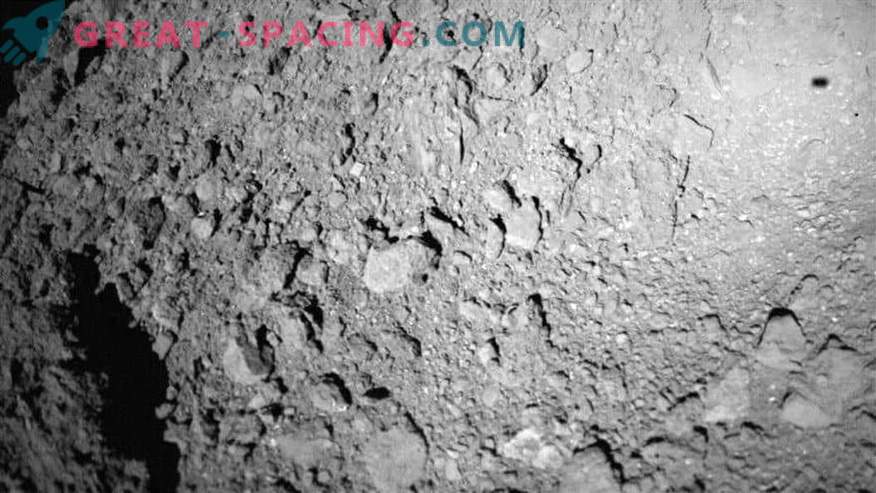
MASCOT received this snapshot of the Ryugu asteroid during its descent to the space rock on October 2, 2018. MASCOT shadow visible from above right
Ryugu is endowed with weak gravity, therefore it will not be possible to climb on its surface on wheels. JAXA (Japan Aerospace Exploration Agency) had to use the jump mechanism for rovers. MASCOT did this with a metal lever. Another MINERVA-II2 rover remains in orbit from Hayabusa-2, which, like its brothers, weighs 1.1 kg and can be used to descend to the surface.
It is expected that in 2019 the mother ship Hayabusa-2 will also descend to the surface in order to obtain and return the sample. If everything goes according to plan, then a return is scheduled for December 2020. New information will allow a better understanding of the early history of the solar system and the asteroid role in the emergence of terrestrial life.
The cost of the Hayabusa-2 mission cost $ 150 million. The vehicles started from Earth in December 2014. The first mission of Hayabusa in 2005 came to Itokawa asteroid and managed in 2010 to deliver a tiny sample to Earth.




